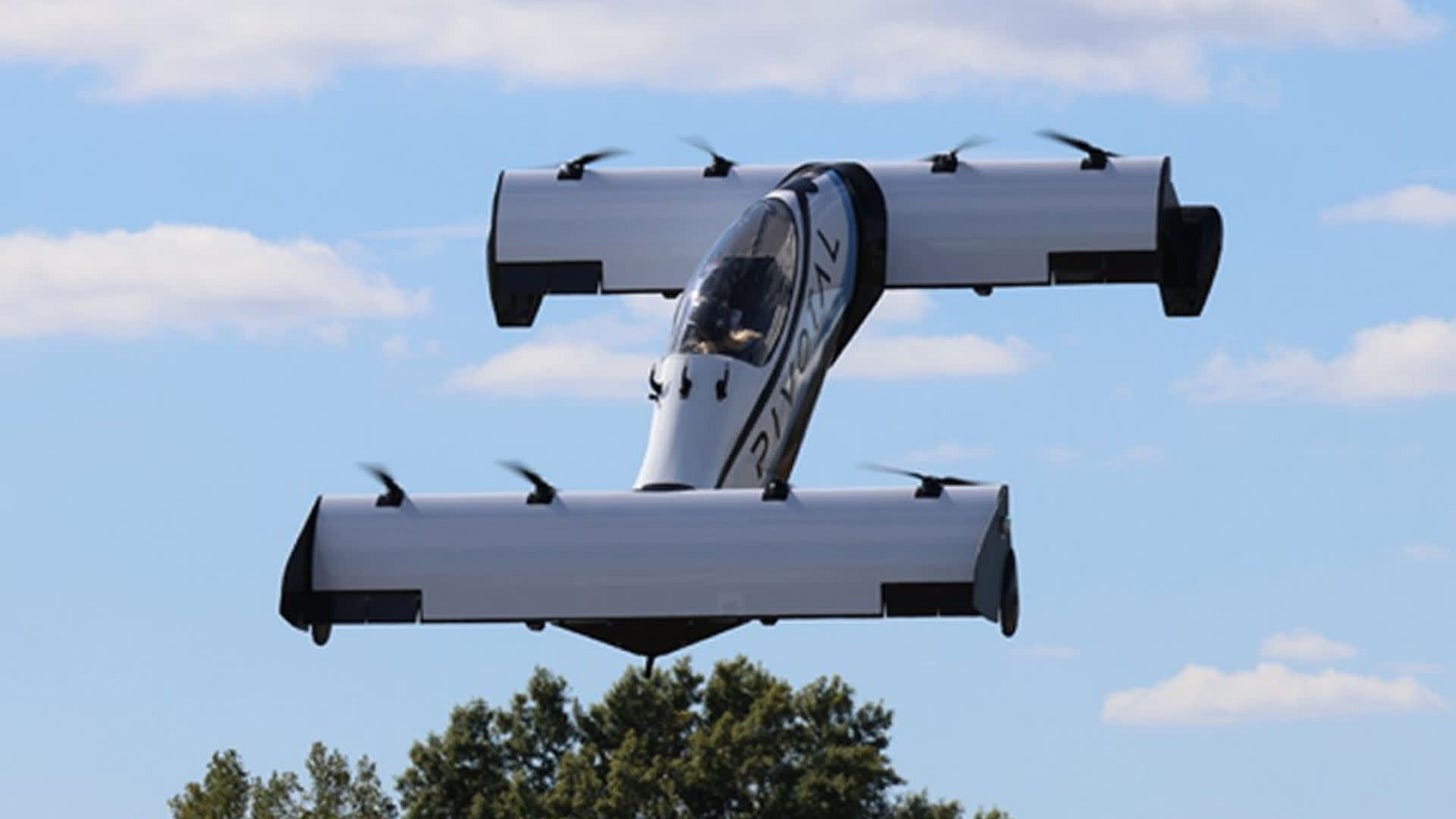Your Rights, Your Revolution - Empowering Individuals and Unleashing Innovation
The Economic Opportunity - From Drones to Flying Cars and Beyond
Why should anyone care about air rights, airspace, flying cars, and drones?
The main reason is that they can help boost the economy, make lives easier, and deliver significant wealth to those who own the air rights. Air rights can be traded, so knowing that low-altitude skies are needed is like knowing where the oil in the ground is and having an opportunity to stake your lot before the gushers flow.
The development of the skies, cargo drone highways, commercial drone delivery routes, and air taxis relies on the owners of air rights—the right to use and control air space.
Building out the infrastructure for the highways in the sky requires air rights resources. For example, UpWin Air Taxi, which is affiliated with Las Vegas Spaceport, has acquired the air rights for a helipad near Allegiant Stadium.
The company aims to transport people to games and concerts. The proposed ‘Raiders Station’ will feature four landing pads and a themed welcoming center. Flights will last around three minutes and cost $30 per person.
The plan is to develop a network of launch and landing pads across the Las Vegas Valley, including luxury hotels and entertainment venues. Once air taxis, called Electric Vertical Takeoff and Landing (eVTOL) vehicles, are certified, they will use the infrastructure. Cargo drones and lighter delivery drones are ready to start using the infrastructure for a fee and also use the air rights outside of the infrastructure airspace, which means private owners can look to benefit from this growth and help build the skyways.
Growth Opportunities
Knowing that this industry will develop in one upward direction shows a clear opportunity for those who own air rights to commercialize them.
Other examples include the Greater Orlando Aviation Authority investing in a vertiport, a landing and launching pad for air taxis at Orlando International Airport. This project will drive innovation and support the region's economic growth. The vertiport is expected to initially operate with passenger air taxis that can hold up to 6 people. They have stated they have plans to introduce corridors for flying cars.
What We Want
A recent survey of 1,000 U.S. adult fliers found that 98% would consider taking an eVTOL, or air taxi, as part of their travel journey. The main factor driving interest in air taxis is the potential to reduce overall travel time, with 47% of respondents citing "not having to sit in traffic" as a key motivator. Other factors include ease of use and convenience (61%), cost (61%), minimal environmental impact (44%), and the novelty of the experience (44%).
The survey also found that 79% of respondents would travel more often if they could take an air taxi to the airport. Millennials are the most enthusiastic about flying in an air taxi, with 65% expressing interest, compared to 58% of respondents. Business travelers are also more interested in air taxis than those flying for pleasure, with 60% versus 45% expressing interest.
The top reason for utilizing an air taxi is traveling between cities that are within 100 miles of each other, with 41% of respondents citing this as a desired use. For example, an eVTOL is expected to take under an hour to travel from New York to Philadelphia, compared to two to three hours by car. This opens up the need for infrastructure on private land and in private airspace, not just airports. This way, anyone with air rights and rooftops can benefit from this industry, and the need to be trapped in an airport is removed.
Overall, the survey shows significant demand for air taxi services, with the potential to transform the way people travel, reduce congestion in urban areas, and benefit from their air rights.






